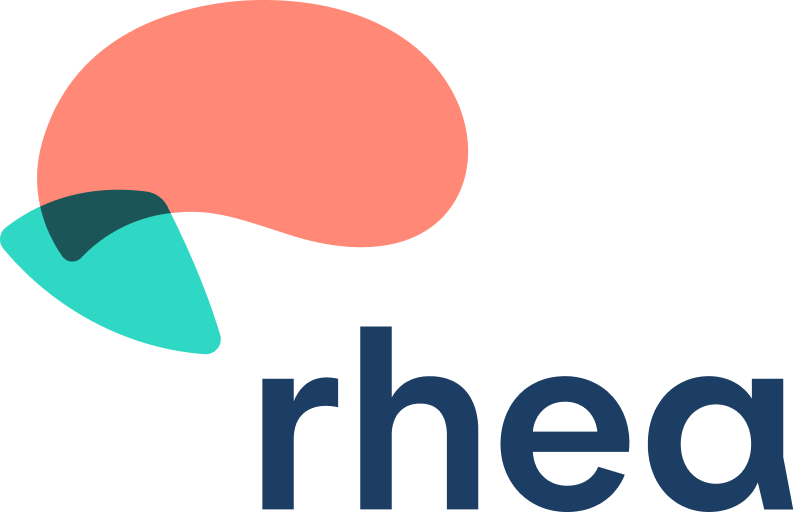Research
Concussions in Soccer
7 December 2022
Rhea Research Study
24 November 2022
Study Information
Primary Objective: This research project aims to evaluate the usability and effectiveness of a self-guided, digital rehabilitation platform intervention (Rhea Health’s Active Recovery) for the treatment of individuals with a concussion.
The use of a personal active rehabilitation plan following a concussion may help with symptoms and recovery. Mobile health (mHealth) technologies can be used to help with the self-management of a variety of health conditions. Also, mHealth technologies can help provide resources, send reminders, and personalize information in real time. The Rhea mobile tool gives users a personal exercise program to help with concussion recovery. The goal of this study is to assess the ease of use of the Rhea and identify areas to improve the app.
What is involved?
- Use the Rhea App for 4 weeks (28 days).
- Complete all questionnaires and recommended exercises.
- Estimated 3-5 hour time commitment over 28 day period.
Who Can Participate?
- People who have been diagnosed with a concussion by a physician.
- 16 years old and above.
- If you are able to speak and understand English.
Benefits
- Personalized concussion rehabilitation plan.
- Enhanced concussion education and knowledge.
- Participants will receive $50 upon study completion.
- Free access to the Rhea Active Recovery platform for one year.
Study Partners
Additional Information
Download copy of study information and informed consent by clicking here.
Activity Trackers
25 October 2022
Research Paper:
Effectiveness of wearable activity trackers to increase physical activity and improve health: a systematic review of systematic reviews and meta-analyses
Article Breakdown
This study examined the effectiveness of activity trackers for improving physical activity and other health measures. The shines a positive light on the use of activity trackers and their ability to inspire physical activity and positive health outcomes across some physiological measures. The review noted a meaningful benefit of activity trackers and noted areas for further research on this topic to establish additional insights in relation to other health measures (physiological and psychosocial).
Main Findings
- The meta-analyses suggested activity trackers improved physical activity, body composition (, and fitness, equating to approximately 1800 extra steps per day, 40 min per day more walking, and reductions of approximately 1 kg in bodyweight.
- Effects for other physiological (blood pressure, cholesterol, and glycosylated haemoglobin) and psychosocial (quality of life and pain) outcomes were typically small and often non-significant.
Limitations
- Although the sample chosen was comprehensive and incorporated elements related to the title, the authors acknowledge the exclusion of systematic reviews related to activity tracker-based interventions in populations with mental illness.
Main Takeaway Message
Activity trackers appear to be effective at increasing physical activity in a variety of age groups and clinical and non-clinical populations.
Study Reference and Access
Ferguson T, Olds T, Curtis R, Blake H, Crozier AJ, Dankiw K, Dumuid D, Kasai D, O’Connor E, Virgara R, Maher C. Effectiveness of wearable activity trackers to increase physical activity and improve health: a systematic review of systematic reviews and meta-analyses. Lancet Digit Health. 2022 Aug;4(8):e615-e626. doi: 10.1016/S2589-7500(22)00111-X. PMID: 35868813.
Physical Interventions
26 September 2022
Research Paper:
Do physical interventions improve outcomes following concussion: a systematic review and meta-analysis?
Article Breakdown
Reid, Farbenblum & McLeod (2022) conducted a systematic review and meta-analysis examining the effect of physical interventions (ie., subthreshold aerobic exercise, cervical, vestibular and/or oculomotor therapies) on days to recovery and symptom scores for concussion management.
The authors reviewed randomized controlled trials (RCT) for interventions of subthreshold aerobic exercise, cervical, vestibular and/or oculomotor therapies. Twelve RCTs met their inclusion criteria: 7 on subthreshold aerobic exercise, 1 on vestibular therapy, 1 on cervical therapy and 3 on individually tailored multimodal interventions.
Main Findings
- Of the 12 trials reviewed in this study, four of them included participants with acute concussion symptoms and eight included those with persistent symptoms.
- Their analysis found subthreshold aerobic exercise had only a small effect in reducing symptoms, but more importantly it shows that subthreshold aerobic exercise does not make symptoms worse in both acute and persistent concussion, which to date has been somewhat unknown (Reid, Farbenblum & McLeod, 2022, pg. 296).
- Additionally, individually tailored multimodal intervention can help facilitate a faster return to sport while decreasing symptoms with those with persistent symptoms.
- They also found limited evidence for stand-alone cervical, vestibular and oculomotor therapies.
- Although there was limited evidence for stand-alone cervical or vestibular therapy, when it was incorporated into multi-modal collaborative care, including cervical, oculomotor and vestibular rehabilitation tailored to the patient’s presentation, there is evidence of a positive outcome.
Limitations
- A limitation of the review was the small number of studies for certain interventions and the inclusion of trials with small sample sizes (Reid, Farbenblum & McLeod, 2022, pg. 297). With these limitations, there is a possibility of skewed or biassed data, please interpret the results with caution.
Main Takeaway Message
This study provides reassurance to the Rhea Active Recovery approach of subthreshold aerobic exercise and its potential benefits in both the acute phase or those with persistent symptoms. The research highlights aerobic exercise in reducing symptoms, as well as no negative implications to using this approach. While this approach does not lead to a faster recovery, other evidence brought forth in this review suggests that a multi-modal approach to recovery can lead to a faster return to sport for those with persistent symptoms.
Study Reference and Access
Reid SA, Farbenblum J, McLeod S. Do physical interventions improve outcomes following concussion: a systematic review and meta-analysis? Br J Sports Med. 2022 Mar;56(5):292-298. doi: 10.1136/bjsports-2020-103470. Epub 2021 Sep 30. PMID: 34593371.

